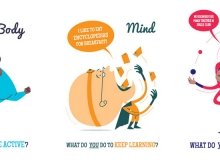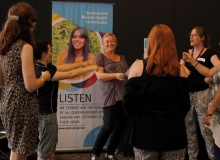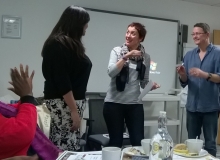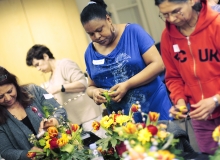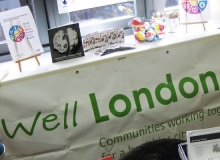Wow Strategy
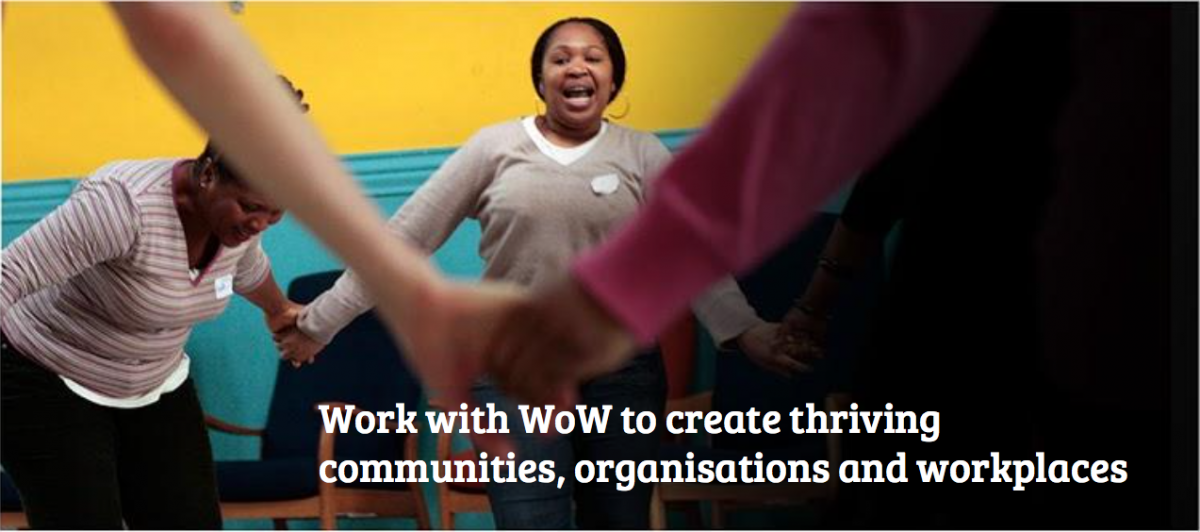
Why well-being?
A compelling body of international evidence links our happiness with longer and more fullfilling lives, better mental and physical health, stronger relationships and a range of other psychological, social and economic benefits. The team behind the Wheel of Well-being have developed an approach that moves away from mental ill health, towards a focus on positive mental health and wellbeing as something that will benefit all; staff, communities and organisations.
The Wheel of Well-being
The wheel of well-being (WoW) has been developed over 8 years with communities and organisations to shape new ways to improve well-being. WoW is based on 6 universal aspects of well-being: body, mind, spirit, people, place, planet and incorporates the Five Ways of Wellbeing. WoW is made accessible through a unique, colourful brand and visual style which engages people around the subject of living happier lives.
We help you spread the word around well-being through:
- One-day WoW taster workshop; introducing practical, creative ways to improve well-being
- Free brand resources; logo, colour scheme, icons and web and print communication materials to promote well-being
- Free digital resources; including tips to test, locality-specific places to visit and activities to try; alongside a personalised tracker to log achievements
We create well-being pioneers and champions through:
- The 8-week DIY Happiness programme; combining theory and practice to build a deep knowledge-base around wellbeing with participants.
- Bespoke programmes; tailored support around organisational priorities, staff requirements and community need.
We support you to sustain well-being in the long term through:
- Capability building; on-going coaching and support to build your team’s knowledge, understanding and expertise in well-being
- Impact measurement: Free downloadable tool to measure impact
- Impact model: Free downloadable model

 Sign up / login to see, save and share well-being tips, activities and places. Track your progress on your Wheel of Well-being
Sign up / login to see, save and share well-being tips, activities and places. Track your progress on your Wheel of Well-being